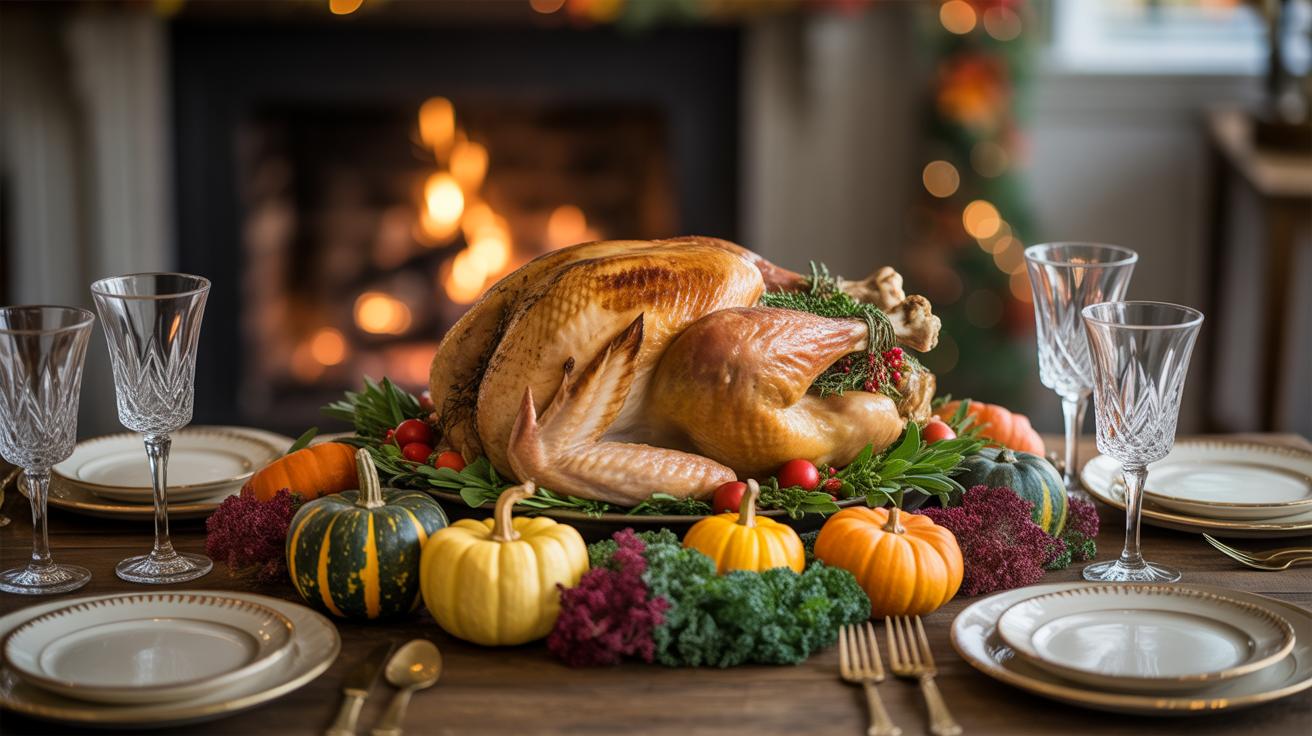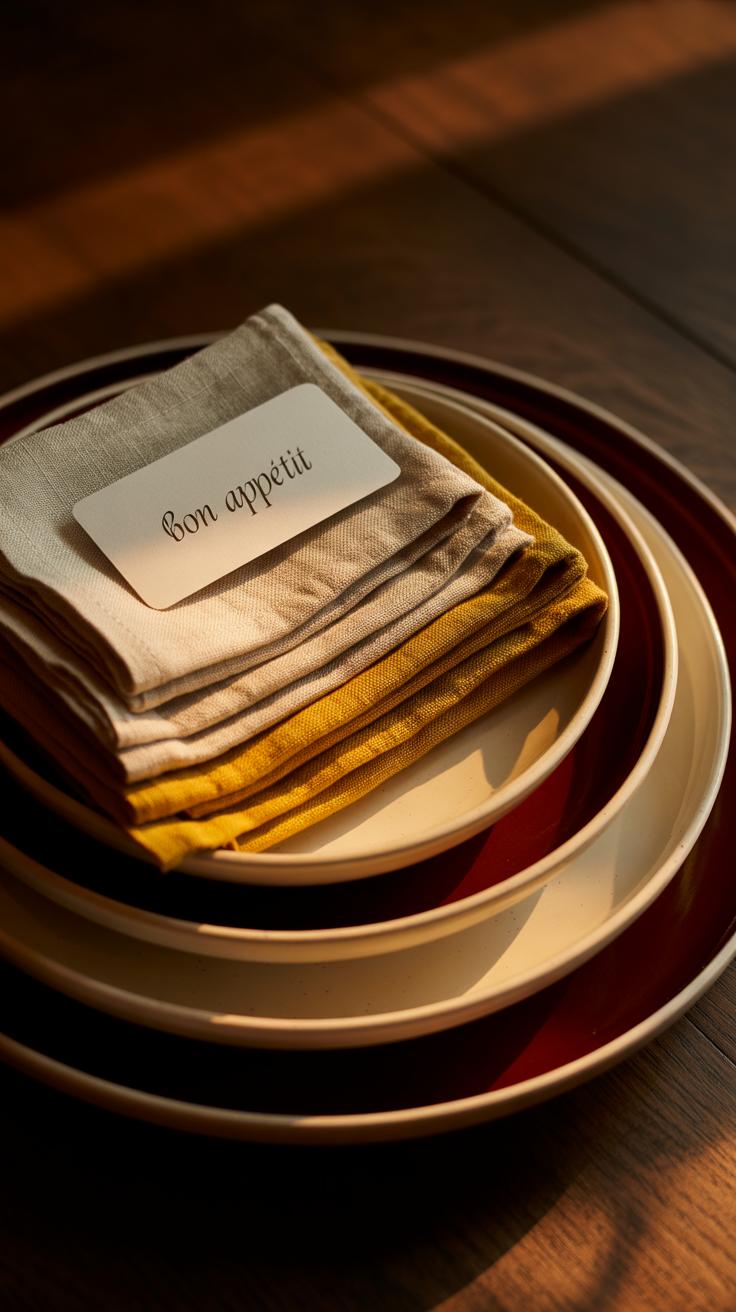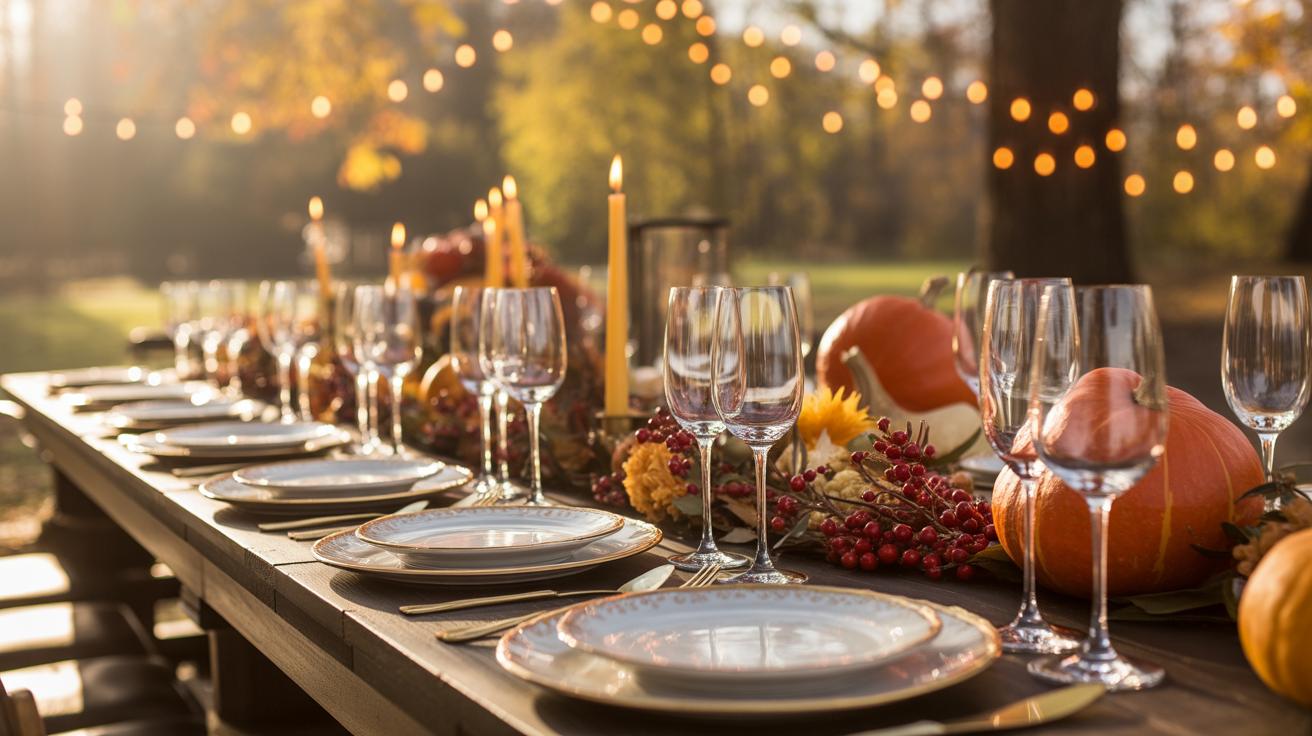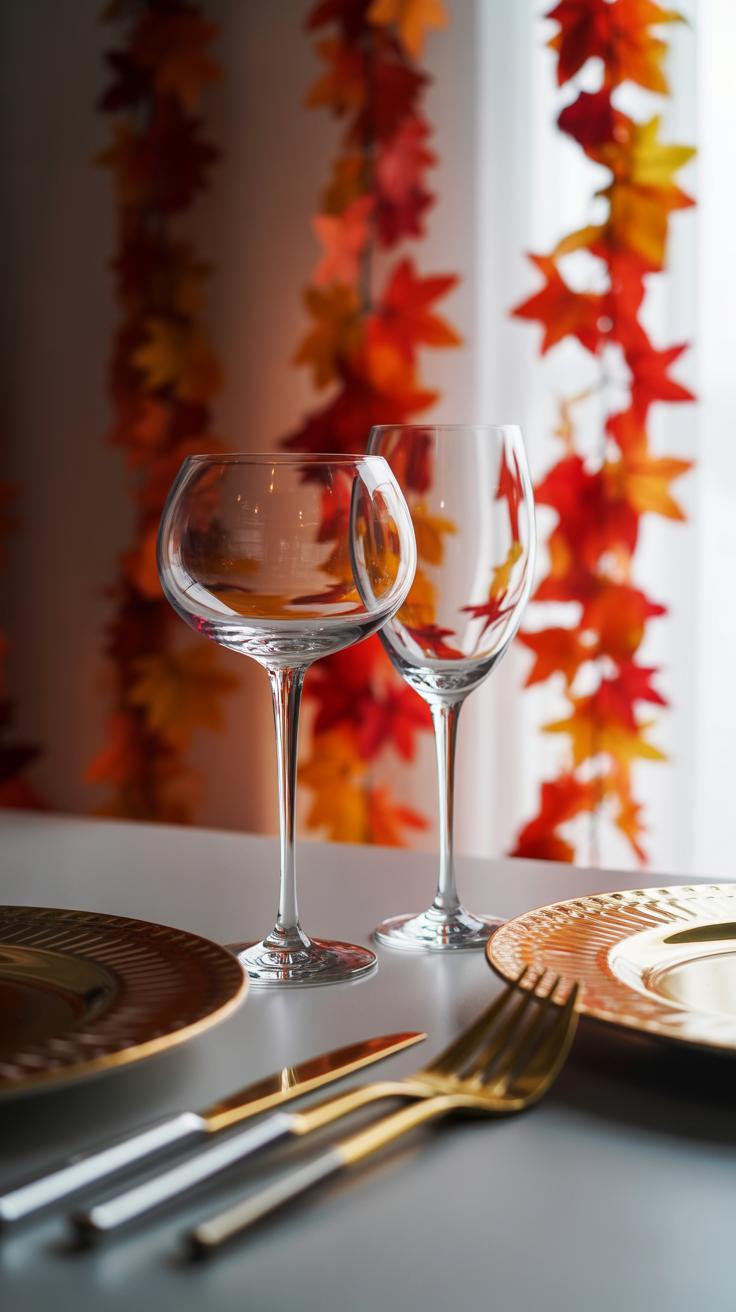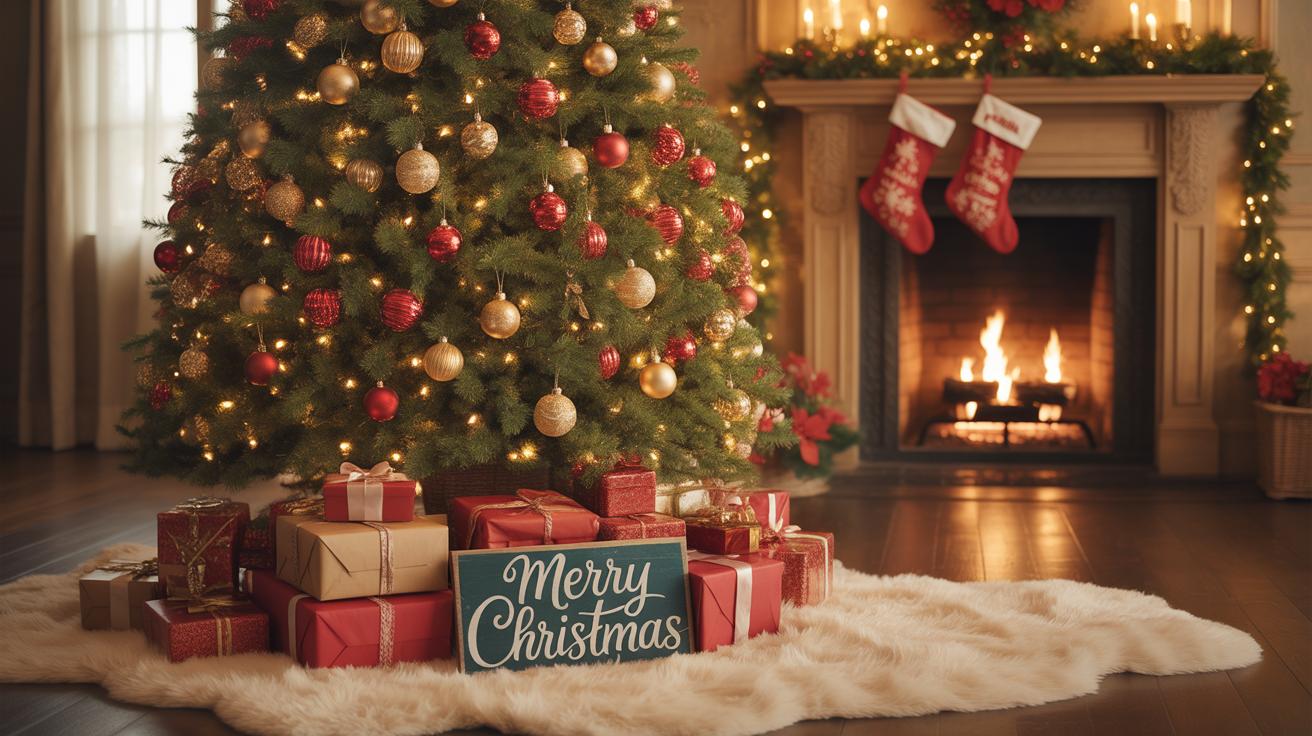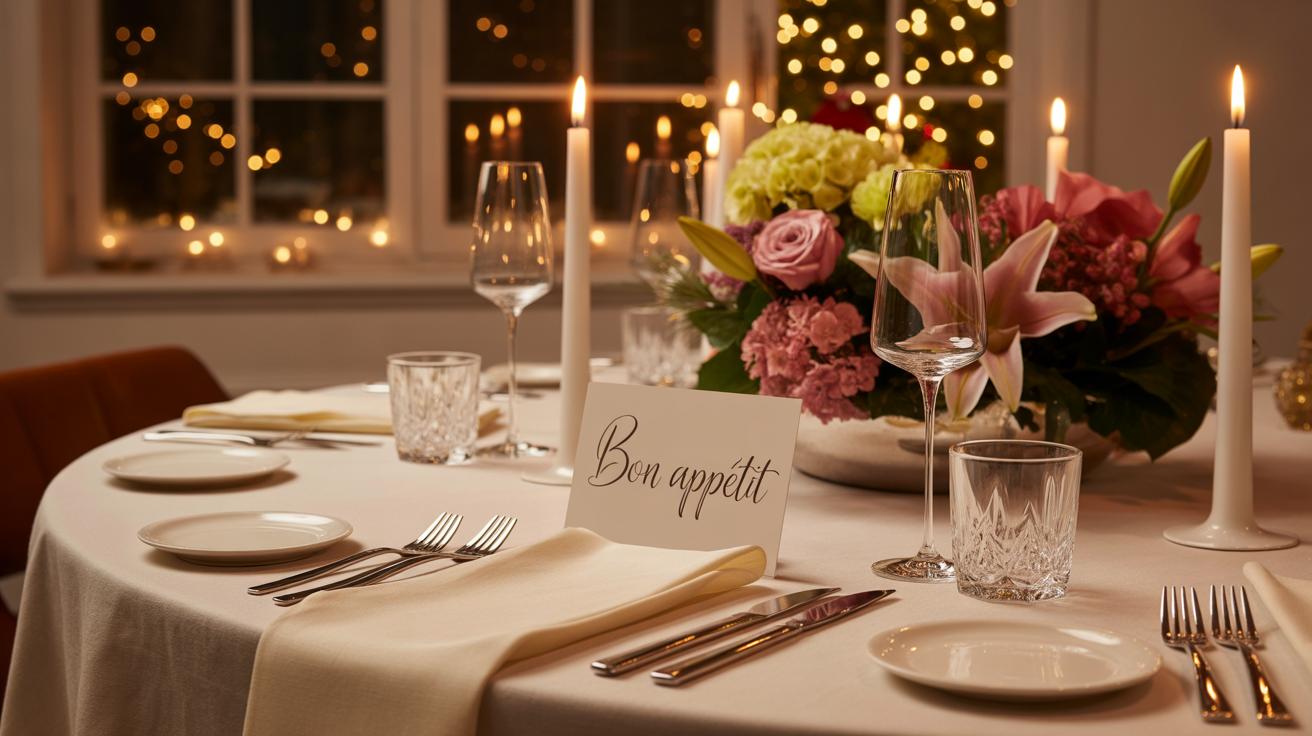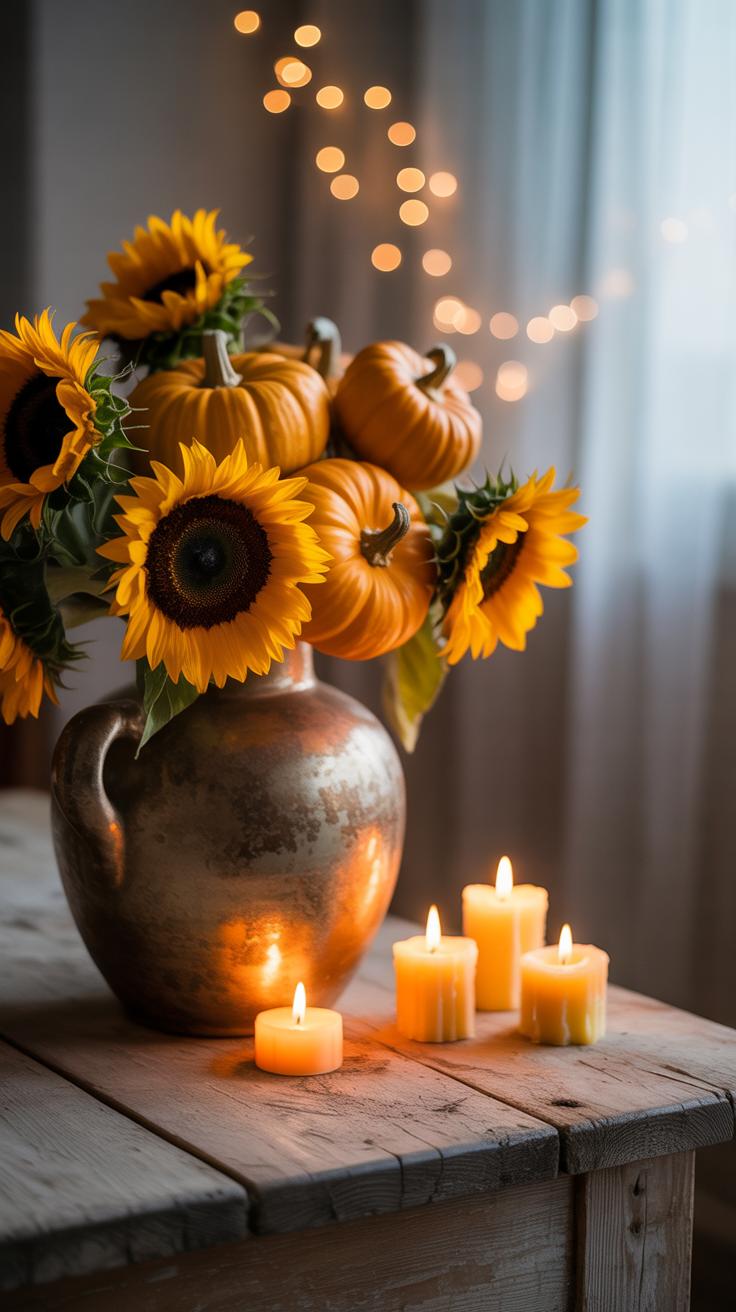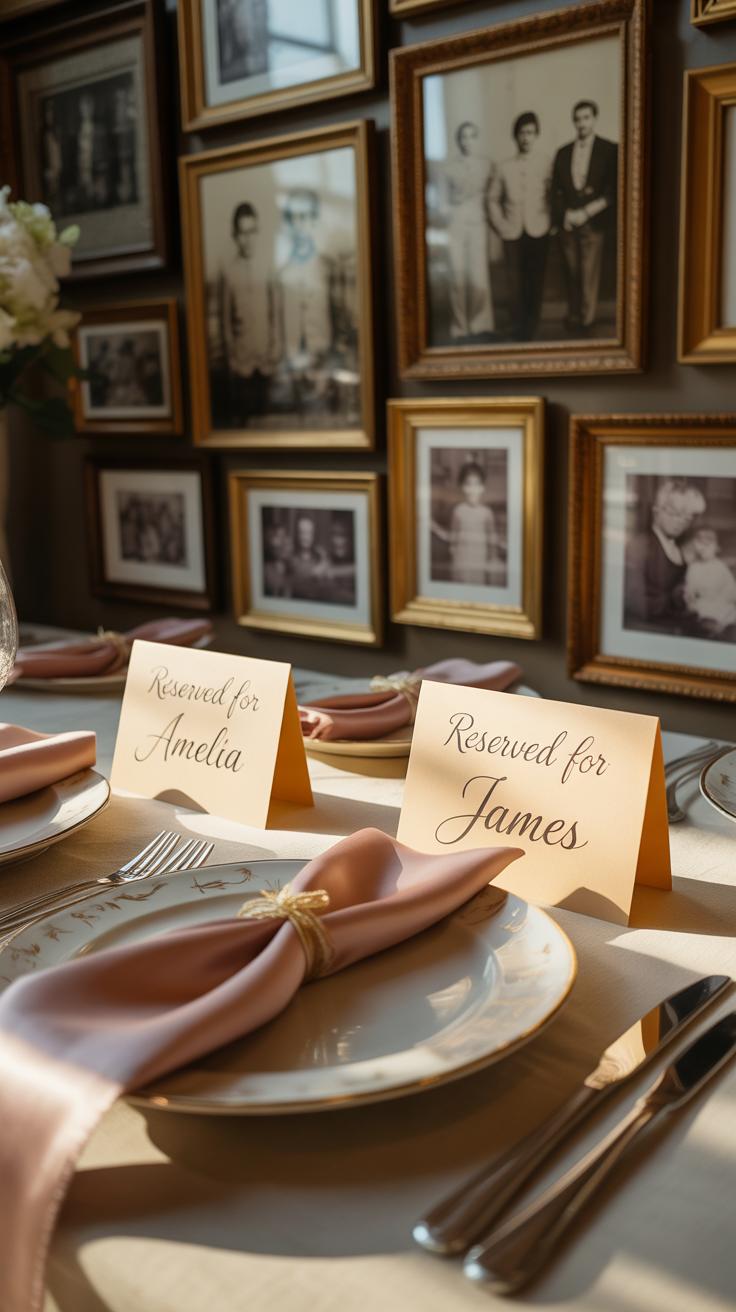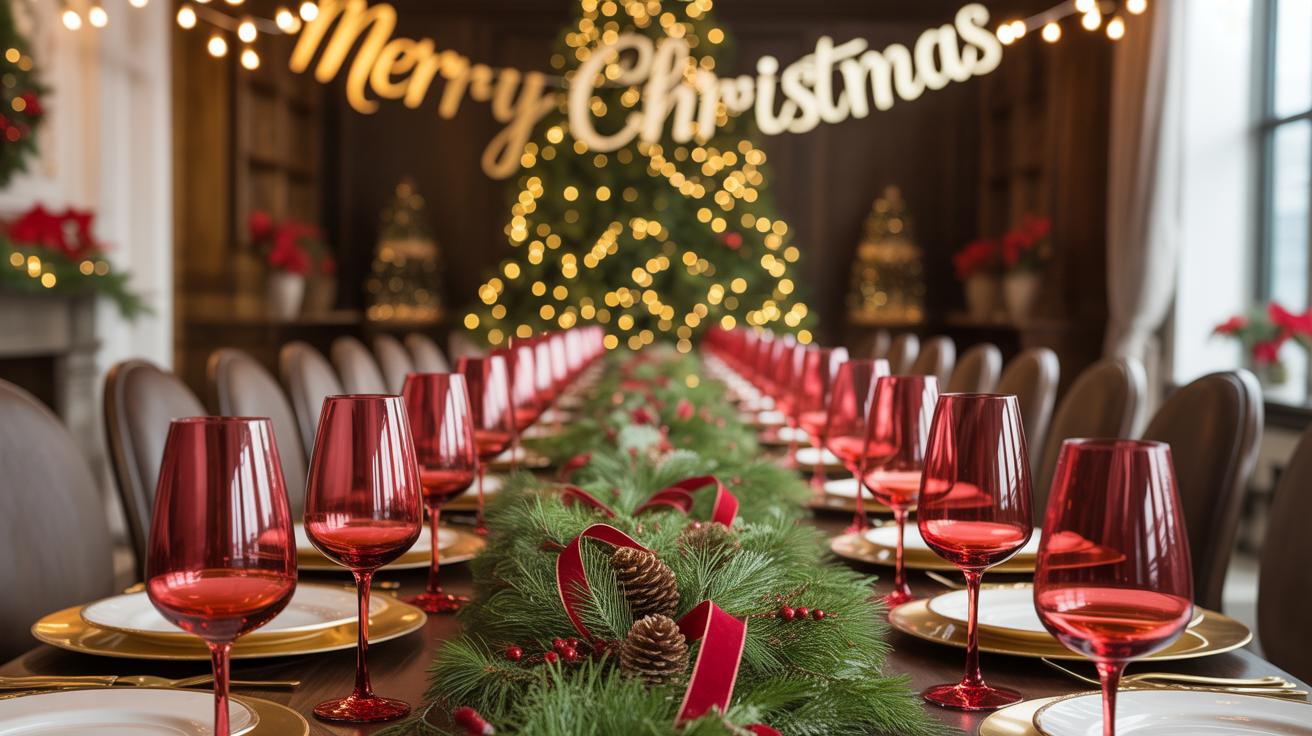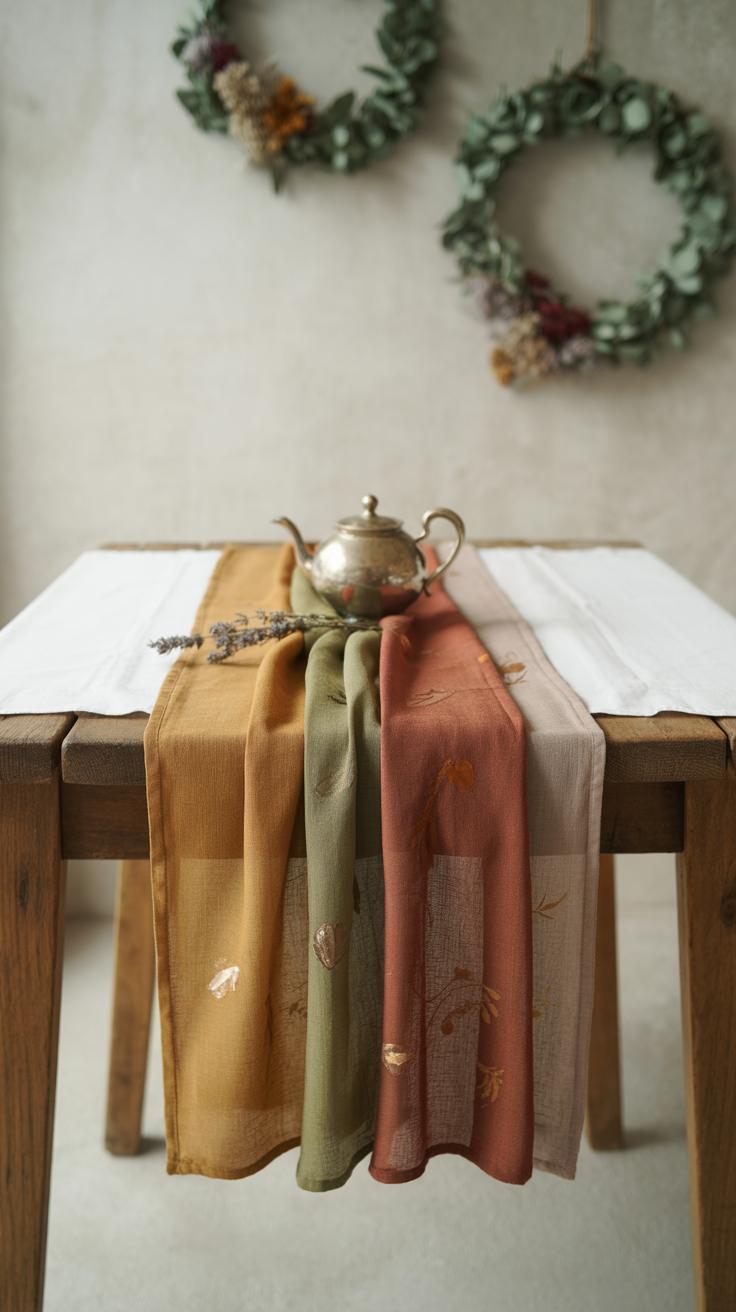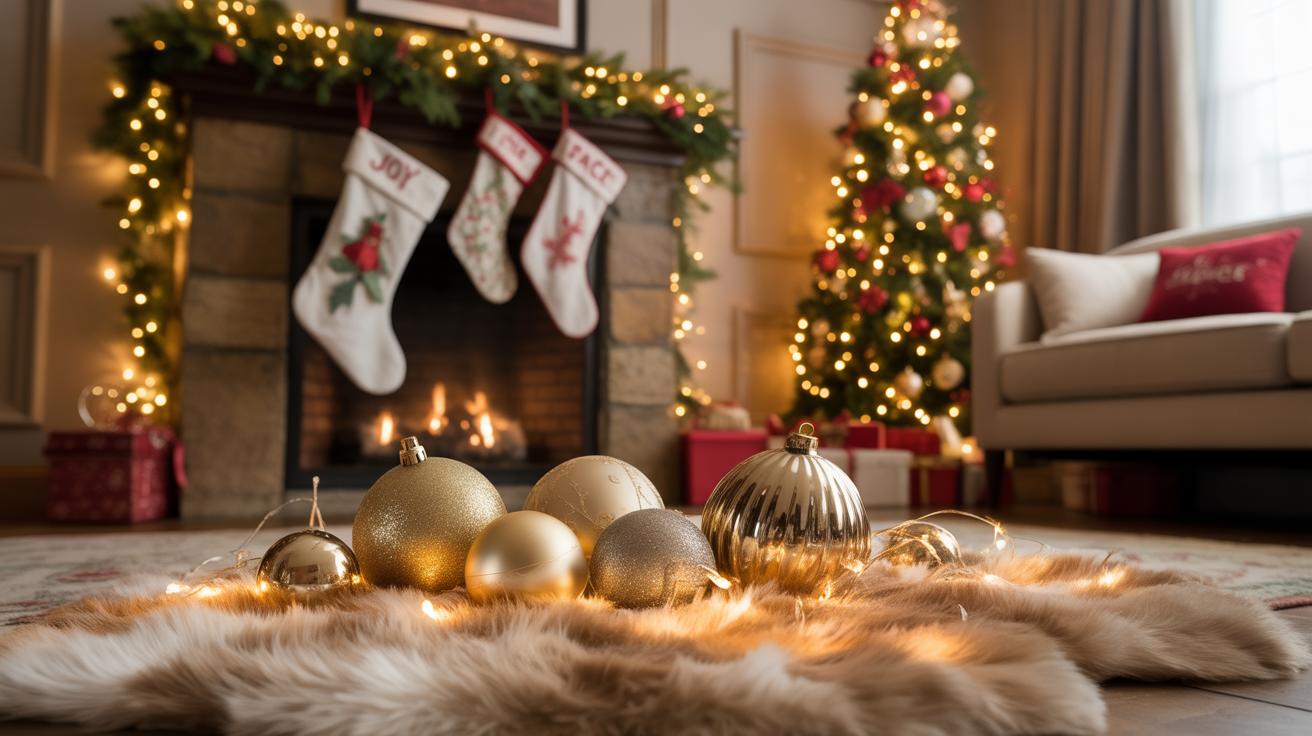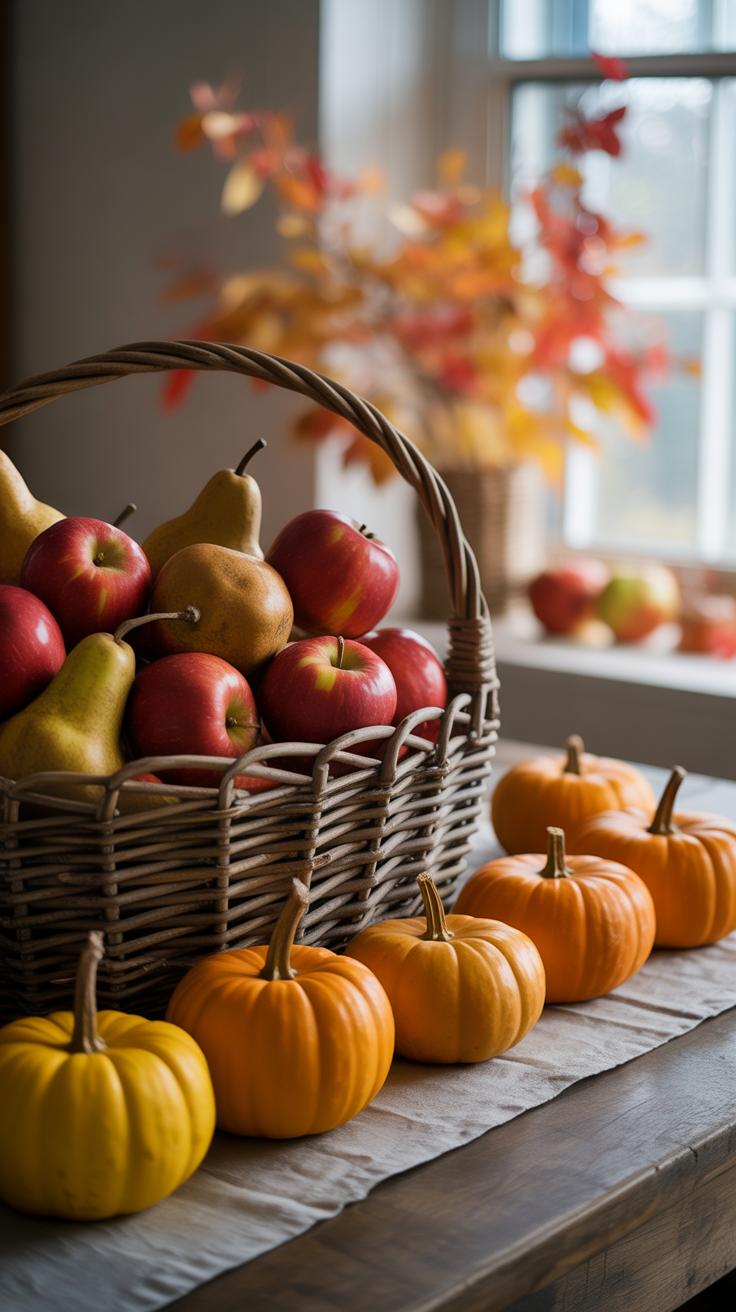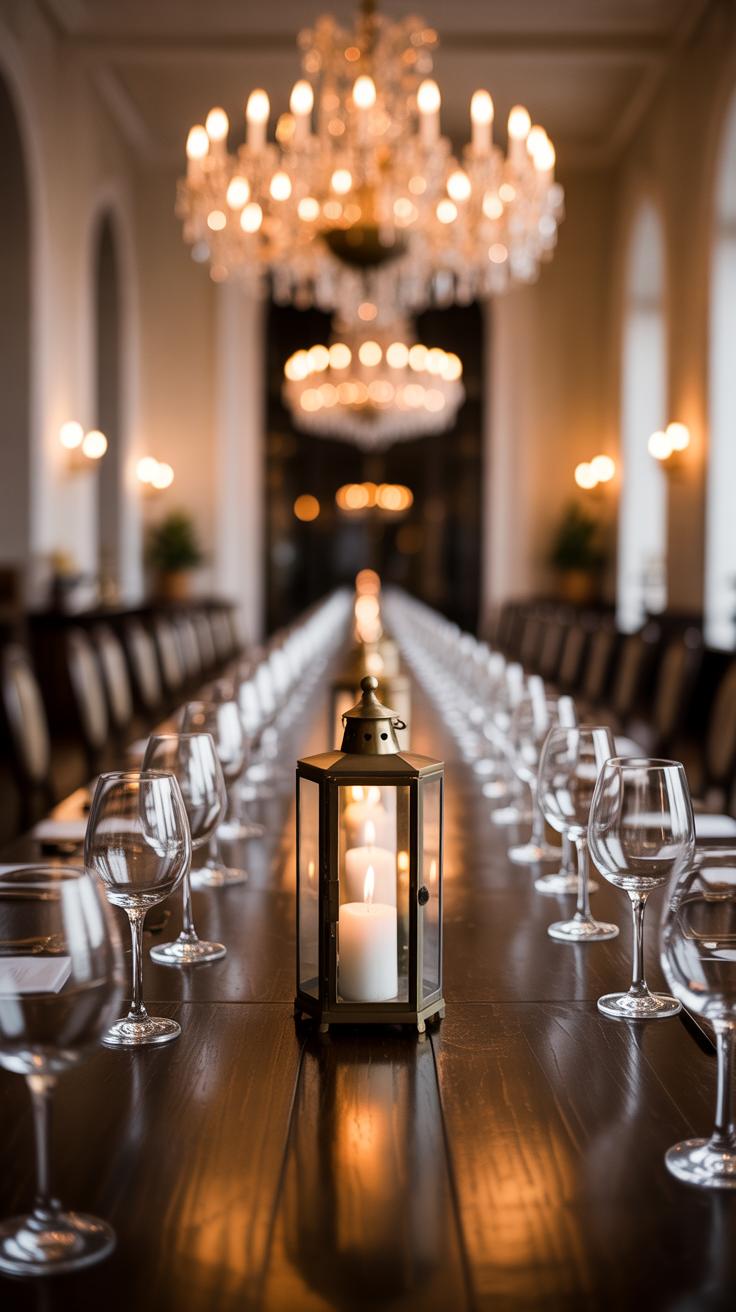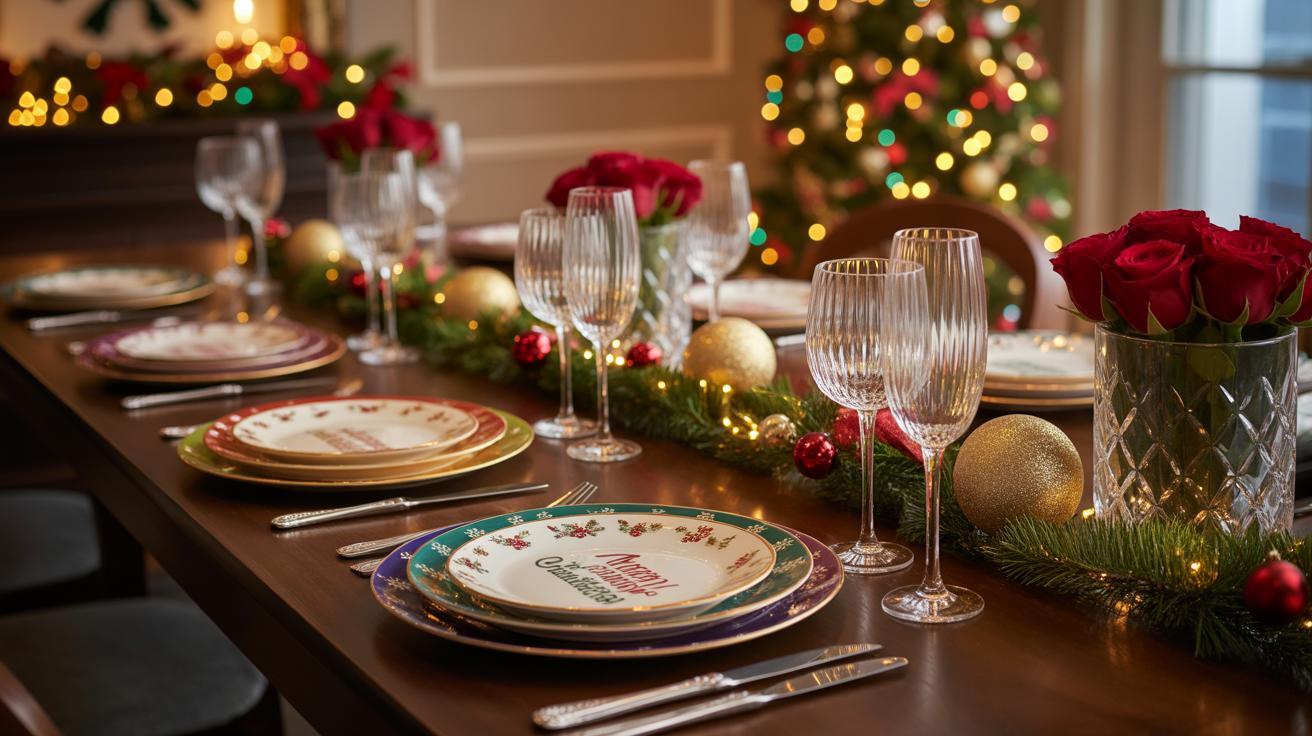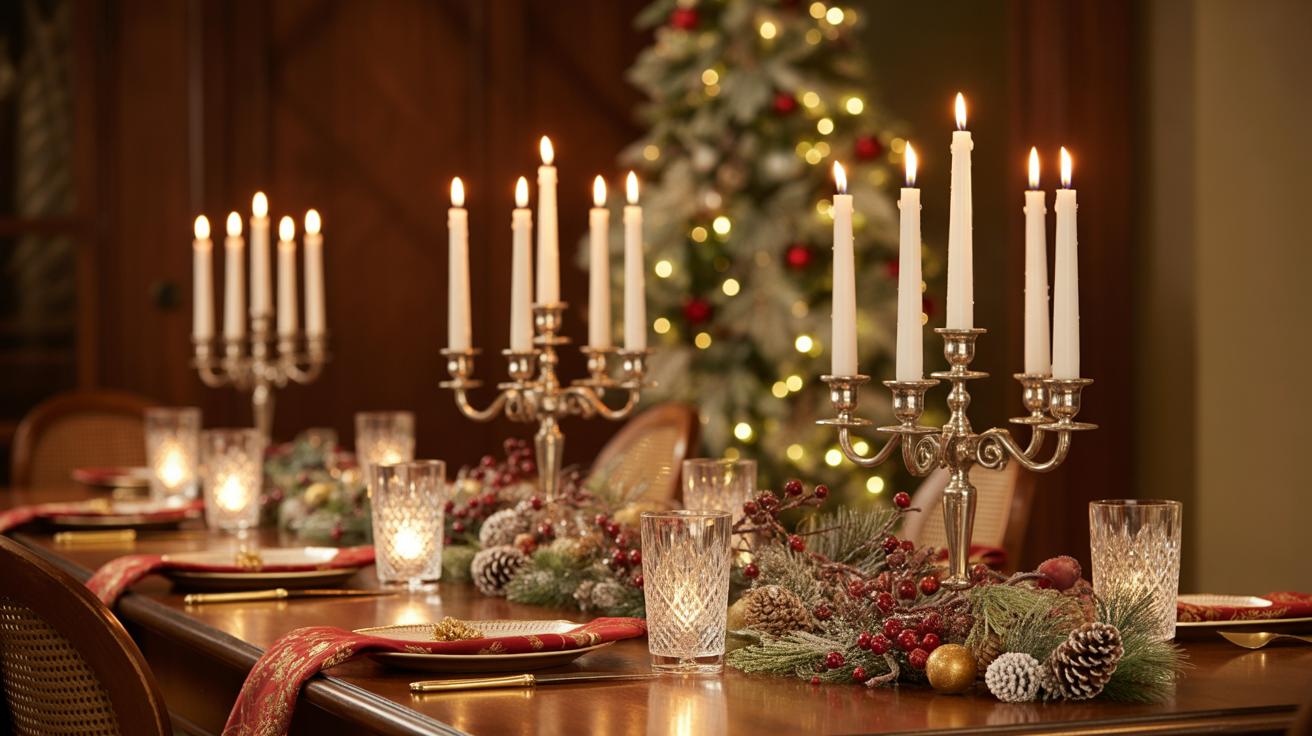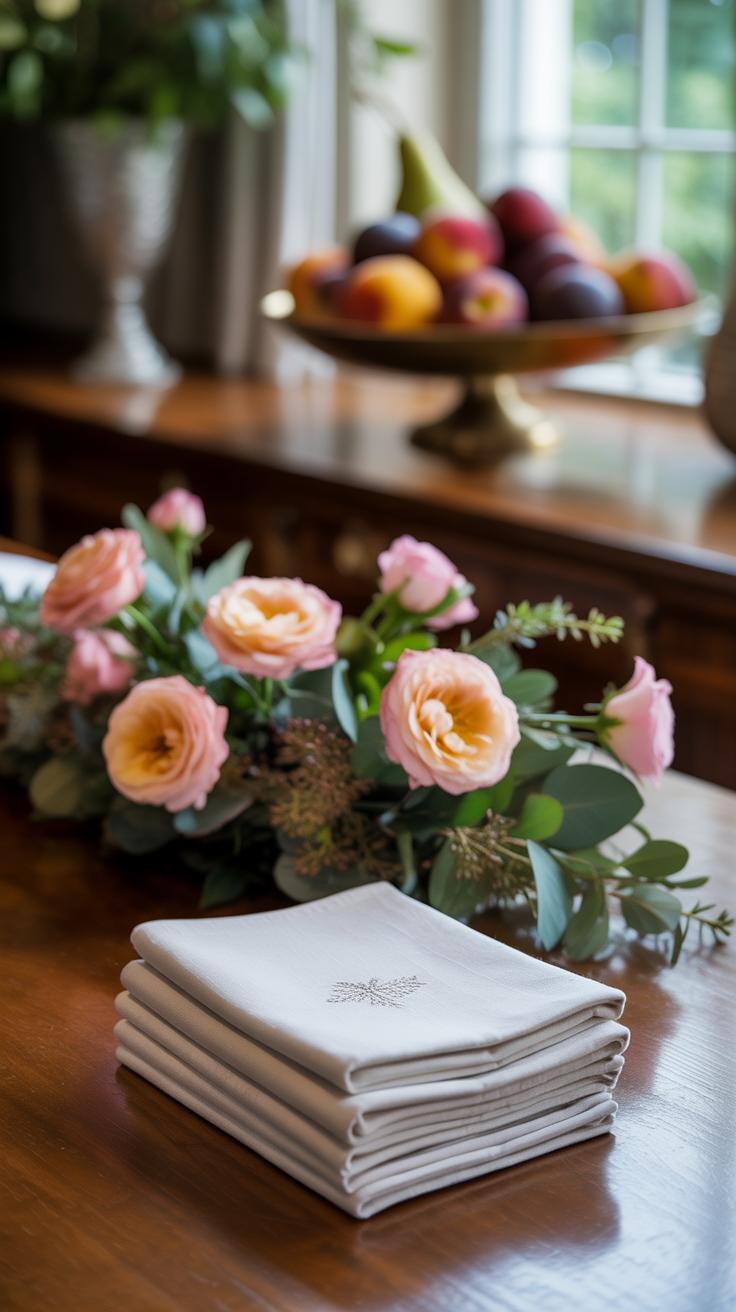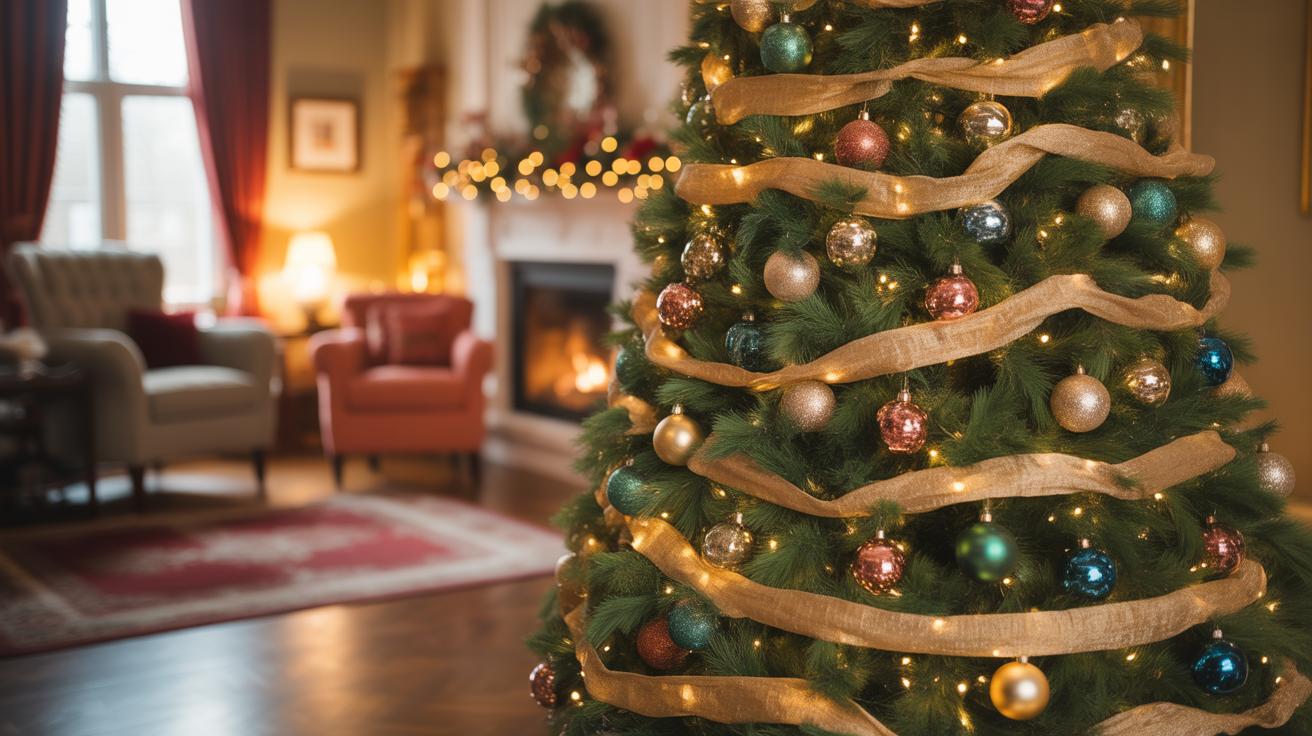Introduction
Thanksgiving is a special time to gather with family and friends. One key part of the celebration is how you set your table and decorate it. A well-decorated table welcomes guests and adds to the joy of the day.
In this article, you will find useful tips and ideas on Thanksgiving decorations and table setting that your guests will love. We will explore how to pick colors, themes, tableware, and decorations to make your Thanksgiving dinner special and memorable.
Choosing the Perfect Thanksgiving Color Scheme
Using Traditional Autumn Colors
When picking colors for your Thanksgiving table, the natural palette of autumn offers plenty to work with. Think of pumpkins glowing orange, the deep reds of fallen maple leaves, rich browns of tree bark, and the warm yellows of late-season foliage. These colors aren’t just seasonal—they carry a sense of familiarity that guests often find comforting.
Orange tends to energize a space, creating warmth and a feeling of togetherness. Red can feel bold and festive, though it might also pull focus if overused. Brown grounds the setting, adding a rustic calm, while yellow adds a cheerful brightness without overwhelming. I once tried a mostly red and yellow theme but found it felt a bit too lively for an intimate dinner—the balance seemed off. Your mood may guide you; do you want vibrant chatter or a relaxed atmosphere?
Mixing and Matching Colors
Combining these warm colors is a bit like piecing together a puzzle—just enough contrast to keep it interesting, but not so much that things clash. For instance:
- Pair orange with deeper browns to soften the brightness.
- Add red accents in small doses, like napkins or candles, for pops of color.
- Yellow works well alongside more muted shades, but it can become overpowering if too dominant.
- Don’t forget neutrals like white, cream, or beige—they break up bold colors and give everything room to breathe.
A simple way to test your combinations? Collect small samples of fabrics, paper, or even food items, and place them together on your table. Step back, squint a bit, and see if anything feels jarring or too dull. Sometimes, what looks good on a screen or in isolation doesn’t play out the same in reality—that’s part of the fun, I think.
Selecting Tableware for a Beautiful Setting
When choosing tableware for Thanksgiving, think beyond just matching colors. Sometimes, contrasting plates with your chosen color scheme can bring surprising warmth. For example, if your palette is mostly rust and gold, white or cream plates can act like a quiet pause amid the rich tones. Or maybe you want to go all in with deep browns or burnt oranges—both can feel seasonal and cozy.
Budget-friendly options are easier to find than you might expect. Plain white plates are a solid base, and you can jazz them up with decorative chargers or even patterned paper placemats. Plastic or melamine chargers can add that touch of glam without breaking the bank.
Choosing Plates and Chargers
Consider plates with subtle textures or gentle patterns that hint at autumn but don’t overwhelm the table. Matte finishes can feel more modern yet still cozy, while glazed ceramics bring a traditional vibe. Earthy tones like olive, beige, or terracotta work well if you lean toward natural shades.
Chargers are a simple way to elevate your setting—think gold for a subtle shine, or maybe woven rattan for something more casual. They create layers and depth, making your place setting look intentional. Some chargers are affordable plastic or even affordable bamboo, so don’t hesitate to mix materials.
Napkins and Silverware Arrangements
Napkin folding can be surprisingly impactful. Try simple folds like a basic rectangle tucked under the plate or roll napkins and tie them with a piece of twine or a leafy sprig. Napkin rings don’t have to be expensive; even a strip of burlap or a thin leather cord can do the trick.
Silverware placement is pretty straightforward but can feel a bit formal if done just right. Forks go on the left, knives and spoons on the right. You might want to place the dessert spoon or fork above the plate if you’re serving something sweet after. You could even lay silverware inside the napkin for a neat package.
Small touches like tying a tiny cinnamon stick or a dried orange slice with your napkin can add texture and fragrance, making the table setting feel thoughtful. Sometimes, less is more—but a little detail can go a long way in making guests feel welcome.
Creating Centerpieces That Impress
When it comes to Thanksgiving decorations table setting, the centerpiece really sets the tone. You want something that draws the eye but doesn’t overpower the food or conversation. Using natural elements like pumpkins, gourds, pinecones, and fall leaves can create that perfect cozy vibe. I’ve noticed that grouping these items in clusters rather than spreading them evenly across the table often looks more organic and inviting.
Try this simple DIY approach: start with a low wooden tray or a wide, shallow bowl. Place a few small pumpkins or gourds in the middle, then tuck in pinecones and handfuls of colorful leaves around them. Add a few sprigs of eucalyptus or dried wheat for texture. It’s okay if the arrangement isn’t perfectly symmetrical—it actually feels more authentic that way.
Lighting changes everything. Candles bring warmth and a gentle glow that feels almost like a hug during chilly fall evenings. Use flameless LED candles if kids or pets will be at the table. Otherwise, votives or small pillar candles in sturdy holders work well. Try mixing candle heights, but don’t crowd them. Leave breathing room so the centerpiece doesn’t look cluttered. Balancing soft candlelight with natural decorations can really make guests pause—and maybe even linger a little longer.
Personalizing Place Settings for Each Guest
Giving each guest a place setting that feels personal can really change the atmosphere at your Thanksgiving table. It shows you’ve thought about them, which naturally makes people feel… well, special. Small details matter more than you might think. Imagine walking in and seeing your name gently scripted on an autumn-hued card, maybe tucked beside a little pumpkin or a sprig of rosemary. That kind of welcome sets a warm tone right from the start.
Making Name Cards
Creating name cards doesn’t need to be complicated or time-consuming. Grab some cardstock or thick paper in warm oranges, deep reds, or soft browns. Add simple leaf or acorn sketches, or maybe press a dried leaf into the card to give it texture. Handwriting names adds a personal touch—typed ones are fine, but if you have the time, a bit of calligraphy or just neat cursive works wonders.
Place these cards at each seat, either resting on the dinner plate or propped up with a small holder. You might even slip them under a clear glass or next to a napkin tied with twine—just something that makes it clear this spot is reserved, not random.
Adding Small Gifts or Tokens
Small favors add an unexpected element of delight. Think mini pumpkins painted gold, tiny candles with festive scents, or jars filled with homemade jam or cookies. These little gifts don’t have to be expensive or elaborate. What matters is they match the theme and feel thoughtful. If you make them yourself, the effect is even stronger—people notice the effort behind a homemade treat.
Try placing these tokens next to the name card or tying them onto a napkin. It’s a quiet surprise that enhances the feeling your guests are truly appreciated. Really, it might be one of those small traditions you come to look forward to each year.
Choosing the Right Table Linens and Runners
Tablecloths and runners play a surprisingly big role in Thanksgiving decor. They’re more than just a background; they set the tone and mood for the whole table. If you think about it, the fabric choice can make decorations either pop or fade into the background. Sometimes a simple, plain tablecloth creates a calm base that lets your centerpiece and place settings shine. Other times, a patterned cloth adds a bit of energy, especially if the rest of your decor is minimal.
Selecting a Tablecloth
Colors for Thanksgiving usually lean toward warm tones — burnt orange, deep reds, soft golds, or even earthy browns. Natural materials like cotton or linen feel cozy, while polyester can be easier to clean, which might matter if kids are around. A plain tablecloth works well if you want your dishes, candles, or centerpiece to be the star. But if your table setup is simple, patterned cloths with subtle checks, autumn leaves, or plaid can add interest without going overboard.
Think of the tablecloth as the canvas. It’s what everything else builds on. And sometimes, picking a neutral tablecloth actually makes it easier to mix and match different decorations and personalized touches from your guests.
Using Table Runners
Runners offer a slightly different effect. They don’t cover the entire table but add a strip of texture and color right where it matters most. Sometimes a burlap runner brings in a natural, rustic feel, perfect for Thanksgiving’s back-to-nature vibe. Other times, a lace runner might feel unexpected but softens the table and adds just a hint of vintage charm.
One thing I’ve noticed is that runners help guide the eye straight to your centerpiece. They create a defined space, almost framing the roasted turkey or pumpkin arrangement. Instead of competing with your plates or place cards, runners act like a gentle stage—fancy, but not flashy.
Incorporating Seasonal Fruits and Vegetables
Choosing Seasonal Produce
Fall brings a cozy abundance of fruits and vegetables that fit perfectly on a Thanksgiving table. Think apples, pears, small pumpkins, various types of squash, corn — both dried and fresh — and even pomegranates. These items appear reliably at farmers’ markets during autumn and often at grocery stores with good local sourcing. You might find that shopping close to home adds a genuine touch to your table, supporting nearby growers while connecting your decor to the season’s true spirit. I find it’s worth making a quick trip to a local farm stand or market; the freshness and variety there sometimes outshine what you can get in bulk stores. Plus, local produce often carries extra charm, the kind you can almost feel.
Arranging Fruits and Vegetables Decoratively
Putting these natural elements on your table can be surprisingly easy but also a bit of a creative challenge. Start simple: use baskets or shallow bowls to hold a mix of apples and pears. Add small pumpkins and colorful squash on trays, scattered or stacked carefully for height and dimension. Try pairing smooth, round fruits with the rough, ridged texture of dried corn husks or leafy kale sprigs. Mixing colors—deep reds, yellows, greens—brightens the arrangement more than you might expect. I often find that less structured arrangements feel warmer, almost casual but intentional at the same time. Don’t shy away from adding in a few leaves or sprigs of herbs for extra depth. The trick is balancing the natural shapes and tones to keep guests drawn in without overwhelming the space.
Lighting Ideas to Enhance Your Table
Lighting has a way of setting the mood for your Thanksgiving gathering—even subtle shifts can change everything. Soft, warm light invites comfort and helps guests relax, making your table feel more welcoming. It’s not just about brightness but how light plays off your decorations and the faces around the table.
Using Candles Safely
There’s something timeless about candles at the dinner table. They bring warmth but also carry a risk if not positioned thoughtfully. Try placing candles in sturdy holders that catch dripping wax and shield the flame—think glass jars or metal lanterns rather than flimsy tealight cups sitting on napkins. Avoid clustering them too close to paper or cloth decorations.
Choose unscented or very lightly scented candles, so they don’t interfere with the aroma of the food. I once underestimated this and ended up with a strange mix of pumpkin pie and lavender that didn’t quite work for everyone. Also, keep candles at a height where guests won’t accidentally brush their sleeves or hair against the flame. Safety matters, but style shouldn’t be sacrificed.
Adding Fairy Lights and Lanterns
Fairy lights bring a charming, almost magical glow without overpowering the space. You can drape them casually along the edge of the table or loop them around a centerpiece. Battery-operated strings are best—you won’t hunt for outlets, and there’s less risk of tangled cords.
Lanterns offer pockets of cozy light, especially when placed in corners or near seating areas. Experiment with grouping a few different sizes for variety. If your guests linger after dinner for conversation, these little glimmers keep the mood intimate. Just make sure lanterns are stable and not blocking anyone’s view or movement.
Lighting isn’t just functional; it’s part of your table’s personality. Play around with the options and see how it changes your space. Sometimes, the most unexpected setup ends up sparking the best reactions.
Tips for Maintaining a Neat and Inviting Table
Keeping your Thanksgiving table tidy while everyone digs in isn’t always easy, but a little thought can go a long way. If you set things up so dishes and drinks are within easy reach, guests won’t have to stretch awkwardly or pass things across the table. For example, placing drink containers at one end of the table helps prevent spills and confusion, while serving platters can sit on a sideboard or a smaller nearby table to avoid overcrowding your main dining space.
Between courses, it helps to have a system for quick tidying. I’ve found that having a designated “clear spot” on the table where finished plates can be placed keeps the mess contained. Little things like having extra napkins and a small trash bowl ready make a difference too—it’s surprising how often crumb cleanup gets neglected until after the meal.
Don’t hesitate to ask a few close friends or family members to pitch in with clearing plates or refilling drinks. It keeps the pace relaxed and stops you from feeling like the host and cleaner all at once. You might wonder if this disrupts the flow, but with gentle coordination, it usually just helps everyone enjoy the meal more without growing overwhelmed by the clutter.
Conclusions
Setting a thoughtful Thanksgiving table creates a warm space for sharing the meal and making memories. Using the right colors, decorations, and tableware shows your guests you care. Simple touches can bring the holiday spirit to your table.
Try the ideas in this article to plan your perfect Thanksgiving decorations and table setting. Enjoy seeing your guests happy and the special moments you share around the table. Your effort will make the holiday even better.

